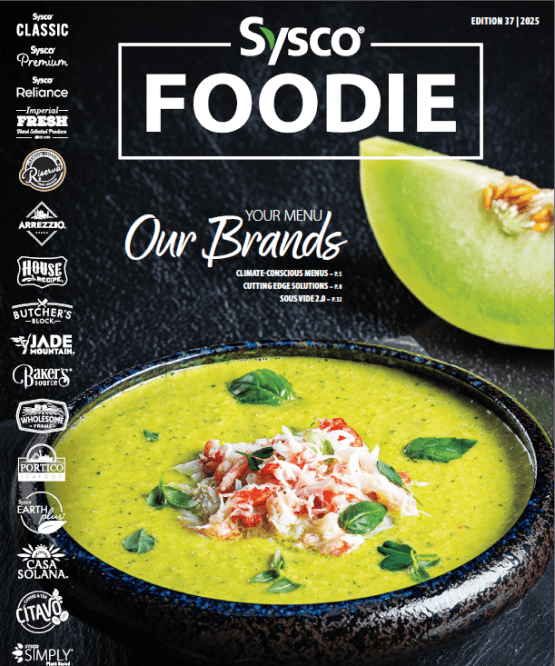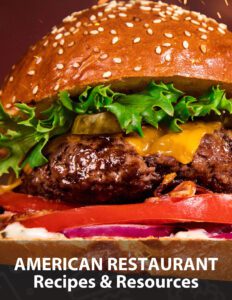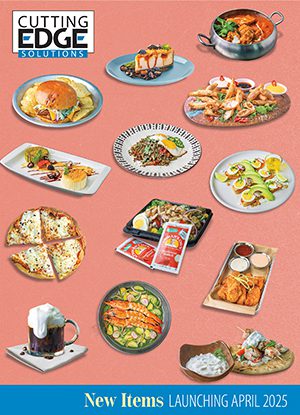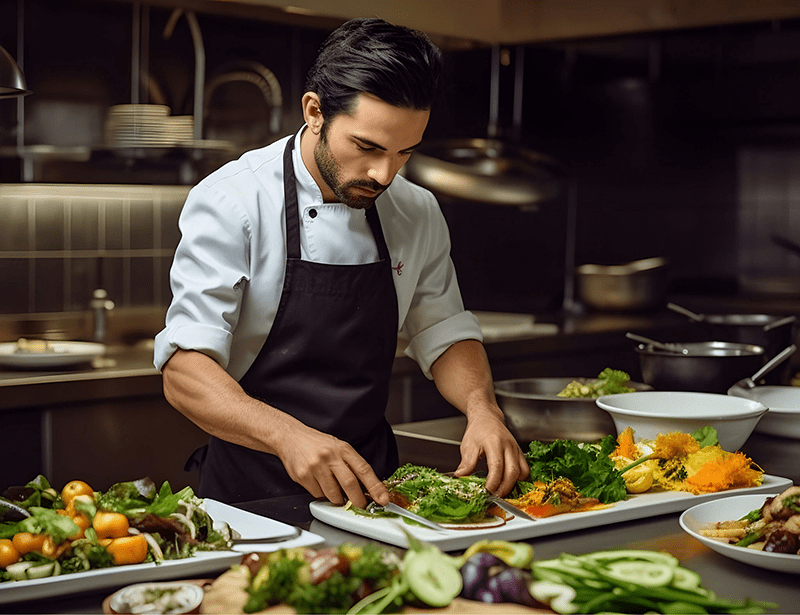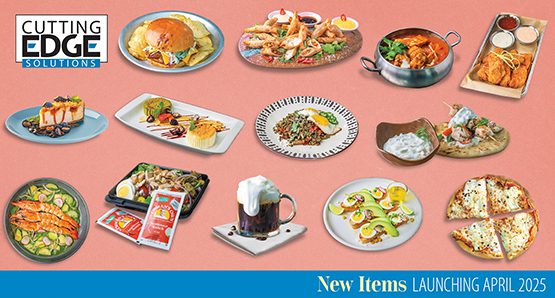As professionals in the food industry, we are no strangers to the challenges of waste and excess in restaurants. The zero-waste cooking movement has been gaining momentum, offering benefits beyond sustainability. From composting to recycling, zero waste cooking practices are helping restaurants reduce their environmental impact and operate more sustainably. Plus, zero waste practices can also help attract eco-conscious customers.
Food Waste
Food “waste” refers to food that is fit for consumption but consciously discarded at the retail or consumption phases. Shockingly, nearly 40% of all food in America is wasted.
Zero-waste cooking means you have no waste left behind while cooking a meal. This includes parts of the ingredients you’re using and packaging from the ingredients. When practicing zero-waste cooking, you will use every single part of vegetables, fruits, meat, and whatever else may be required for your dish.
However, this doesn’t mean you must use every part in one dish. Parts can be used for other dishes in your kitchen, get composted, or repurposed for another use.
Root to Stem Cooking
So, need a few ideas on how to do this? When it comes to root to stem cooking, we’ve got you covered.
- Use the shells – Use shrimp and crab shells to add a layer of flavor to a nage, soup, or stock.
- Use the peels – Vegetable peels, like onions, carrots, and celery, do wonders to enrich a sauce or stock. Fry up butternut squash peels as a topping for salads and pastas. Carrot tops can be made into pestos, while apple and pear peelings, as well as other citrus skins, can be used to flavor simple syrups, vinegars, teas, and olive oil, or made into marmalades or candied peels. Leftover limes, peels and all, can be dehydrated and made into a powder that can be added to dishes for extra brightness.
- Use the greens – Aside from just adding to a lettuce blend or using as a second vegetable, greens from all sorts of vegetables can be used for stocks, chimichurris, and pestos. Cook down with herbs, oils and spices or puree with herbs and yogurt to make a zesty spread. Tuck into crepes, shred into tacos, or add into any egg dish. Also use them as a wrap to steam/grill/roast proteins and other fillings.
- Use the seeds – use papaya seeds to grind as a pepper alternative.
- Use the stems & ends – Add mushroom stems for stock or to make an interesting miso. Fluffy fennel fronds make a flavorful oil that’s great for garnishing when combined with extra fennel seeds and blended for several minutes so the oil slightly warms. Pickle swiss chard stems as a garnish to add a bit of brightness, acidity and extra crunch to dishes. Stems from greens can also be used in chutneys and pestos, added to stocks and sauces, riced, and slawed.
- Ferment/Pickle – Extend the season, create new flavors for your menus, preserve a bounty, and extend a food budget. Playing with a wide variety of vegetables, fruits, herbs, vinegars and flavorings can inspire endless applications.
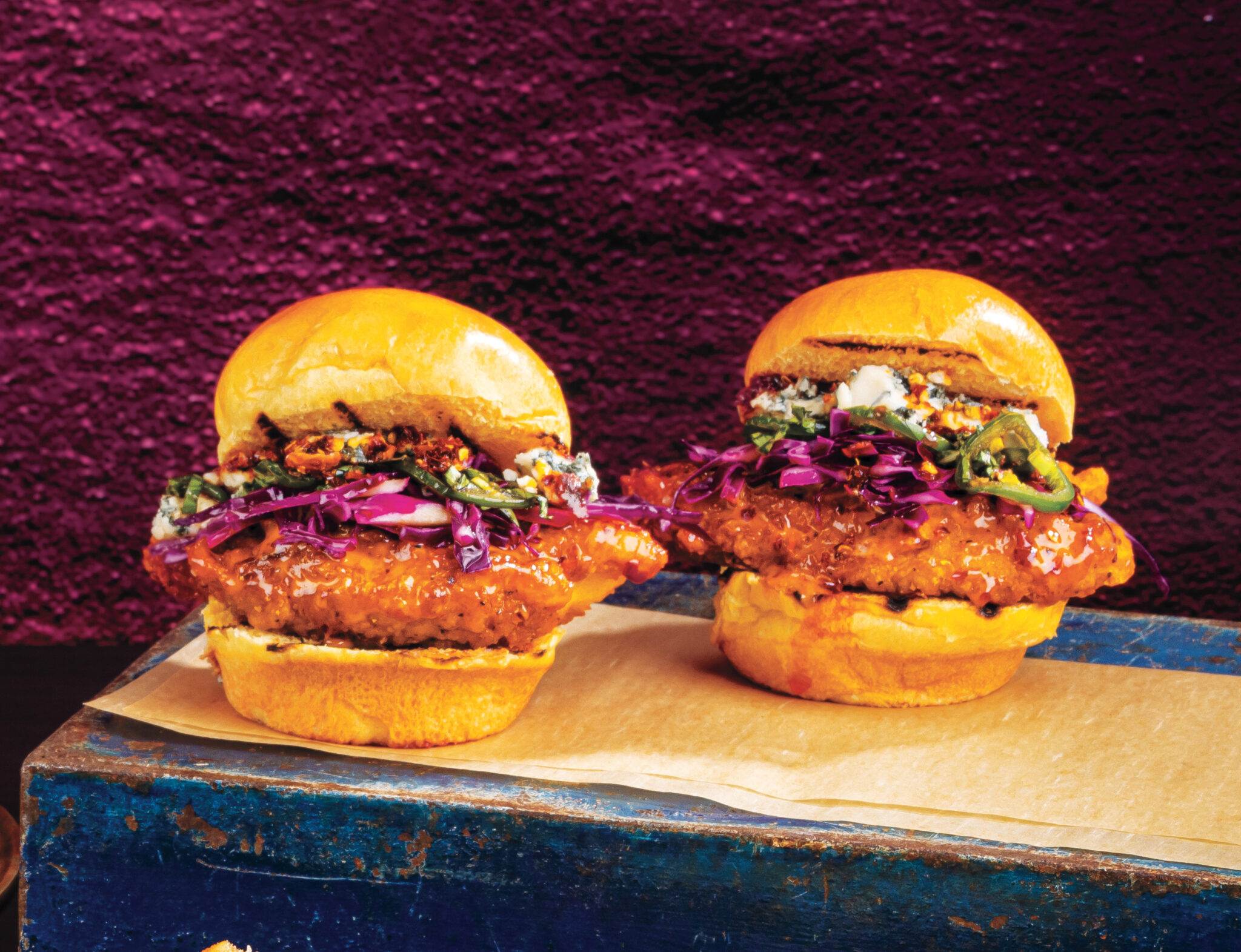
Portion Size and Plate Waste
In addition to following a zero-waste philosophy, another important step to control food waste is to watch portion sizes. According to a recent report by the International Journal of Applied Management and Technology, approximately 31% to 40% of the food served to customers never gets consumed.
Spurred by ever-changing market trends and consumer eating habits, restaurants often use larger portion sizes so customers perceive a value for the food purchase.
In the United States especially, restaurants consistently offer portion sizes that are two to three times what the average customer should be consuming in a meal. This trend is not only a primary reason more food is wasted, but also contributes to the increasing obesity rates in the US.
However, in a report conducted by international climate action NGO, WRAP, customer behaviors and attitudes towards food waste when dining out are changing. More than three in five people are concerned about wasting food when they eat out. In 2012, 41% of people said ‘the portion was too big’ resulting in leftovers, but today that number has risen to 48%.
One measure to address this problem is to offer smaller portion sizes at a lower price while still offering larger portion sizes at a higher price. This would permit customers with smaller appetites to order a smaller meal and presumably leave less behind, while also lowering preparation and food waste costs for the restaurant.
Pro tip: set smaller plates with food on larger plates. In this way, portions will look bigger.
Training is also key. Even with veteran players in the kitchen, it’s vital to train and re-train employees on food waste and how to reduce it. Educate cooks and servers on accurate portions of each dish, as well as emphasizing the use of tools such as measuring cups and scales. Conduct periodic portion audits to make sure that staff is staying within specified food weights.
Following a zero-waste philosophy, which includes watching portion sizes and plate waste, can reduce your food costs and increase your restaurant’s bottom line. Operators can also see cost savings on labor through more efficient handling, preparation, and storage of food that will be used. And, from an environmental standpoint, there are gains from the better management of energy and resources, preventing pollution involved in the growing, manufacturing, transporting, and selling of food.
We hope we’ve inspired you to start adopting some of these practices. As Anne Marie Bonneau, well-known zero waste chef, says, “We don’t need a handful of people doing zero waste perfectly. We need millions of people doing it imperfectly.”


